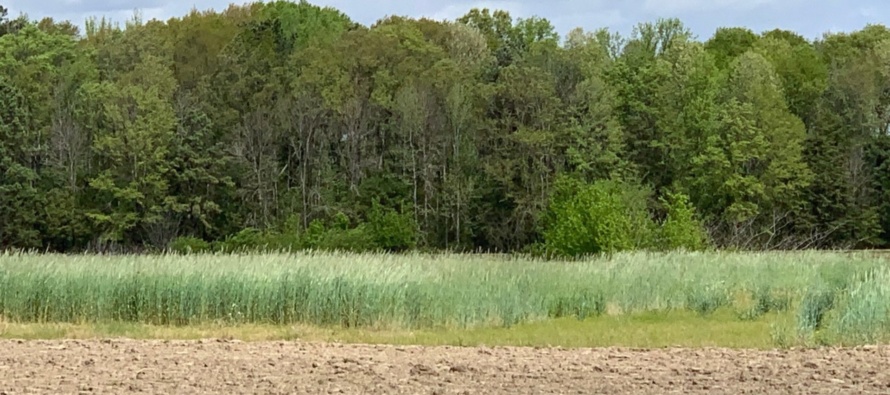Read the Fertilizer and Lime Labels!

Related Articles
- 2010 Soybean And Corn Variety Trial Data 3
- Rice Variety Trial Results For 2010, Plus Rice Research Report 0
- Evaluation of Peanut Varieties in Mississippi, 2010 0
Latest Tweets
To read and follow pesticide labels is common knowledge and accepted practice in agriculture. It should be practiced more for fertilizers, lime, and soil fertility enhancement products.
Fertilizers: Why read these labels? The agriculture sector knows the three numbers of a fertilizer are the percent nitrogen (N), and the respective oxide equivalents of phosphorus (phosphate), and potassium (potash). Sometimes it helps to know more.
Once common, ammonium nitrate fertilizer (33-0-0) is rarely available for farm or home use, however other 33-0-0 fertilizers are abundant. The 33-0-0 available at the big box store likely is a mixture of urea and ammonium sulfate, two other common N fertilizers and should not be confused with ammonium nitrate. This fertilizer, being a physical mixture, not a chemical reaction, means each fertilizer retains its unique characteristics. The N in urea is still prone to loss by volatilization (see below), and ammonium sulfate is an acid forming fertilizer. Hence, the characteristics of the available 33-0-0 are very different than those of ammonium nitrate despite the same analysis.
As another example, I use an enlarged photo of the small print on a widely used home horticulture fertility product in the Mississippi Master Gardener training. It shows, bottom line beyond the advertising, this to be a 7-7-7 fertilizer that also contains boron, copper, iron, manganese, and zinc. This material contains eight essential elements for plant growth that may be lacking in the potting media, flower bed, or elsewhere in the home landscape. Which nutrient, or combination of nutrients may improve plant performance is specific to each situation.
Reading fertilizer labels verifies what you are purchasing, and may show something extra.
Urease inhibitors: Read the labels of N-(n-butyl)-thiophosphoric triamide (NBPT) sources. The N in urea, whether in dry urea, or in urea-ammonium nitrate solutions (UAN), is prone to loss as ammonia gas. Urease, the enzyme that facilitates the conversion of fertilizer urea to ammonia, is ubiquitous in the environment (it’s everywhere!). NBPT products delay the conversion to gas, thus maintaining the N in plant-available forms for a longer period.
Numerous private label NBPT alternatives entered the market after the original patent expired a few years ago. Some materials combine it with other inhibitory products. The amount of NBPT active ingredient per gallon of product varies; however, some distributors elected not to include this information on the label.
Soil fertility experts at the University of Arkansas discuss N fertilizer additives and their research and recommendations in Nitrogen Fertilizer Additives. This publication summarizes the NBPT concentrations and recommended application rates of various products.
Read your label to compare with the urease inhibitor table in this publication.
Lime: Read the labels because the value of lime depends on the size of individual calcite or dolomite particles and the purity of the lime as measured by Calcium Carbonate Equivalent (CCE). Moisture may factor for marl management, and in some cases of the other materials (moisture can cause some soft lime products to cake and become difficult to handle). The sieve analysis and CCE of the material are used to calculate Relative Neutral Value (RNV), or Effective Calcium Carbonate Equivalent (ECCE) in some states to estimate the effectiveness of the lime.
Lime materials sold in Mississippi are required to show the RNV on the label, sales invoice, delivery ticket or bulk ticket label, see Mississippi Lime Regulations.
An explanation of how to use this information to compare the merits of different materials and make an informed, economically justifiable decision is available at Agricultural Limestone’s Neutralizing Value.
Reading the label is key to maximizing the usefulness of the lime.
Summary: Just as with crop protection products, closely read the labels of crop production inputs to guide your investment.
The author appreciates the assistance of Drs. Mike Cox and Keri Jones.





Let me tell You a sad story ! There are no comments yet, but You can be first one to comment this article.
Write a comment